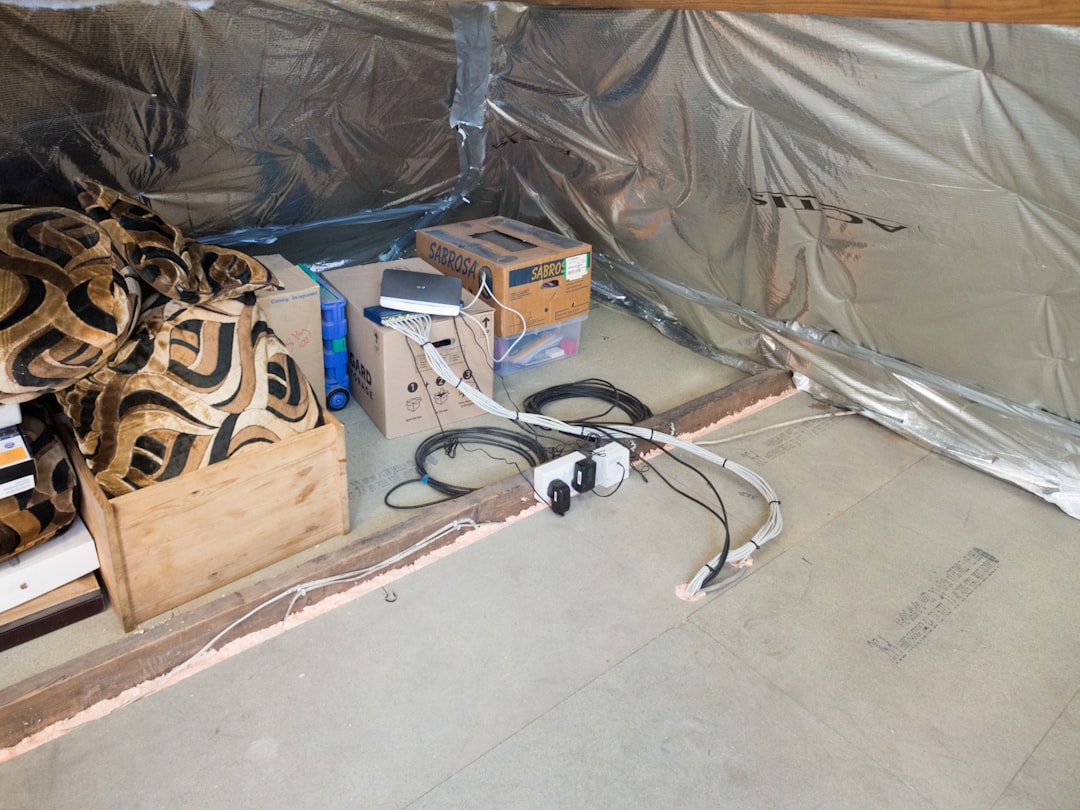
In 2025, the cost of installing a home backup generator is a critical consideration for construction professionals. With prices ranging from $10,800 to $17,400 for a 14-22 kW standby unit, understanding the breakdown of these costs is essential. This guide provides a detailed analysis of equipment, labor, and permits, helping you deliver accurate quotes and secure client satisfaction.
Our research indicates that the turnkey price for a professionally installed standby generator in a typical single-family home ranges from $10,800 to $17,400. This includes equipment, labor, permits, and commissioning. Smaller portable units may cost less than $4,000, while whole-house systems can exceed $25,000.
Fuel Type and Capacity
Larger homes require higher-wattage units, which can increase costs significantly. For example, upgrading from a 16 kW to a 22 kW generator can add $1,800 to the equipment cost.
Electrical Service Age
Outdated panels may necessitate upgrades, impacting the overall budget. Identifying these needs early can prevent costly change orders.
Gas Meter Location
The location of the gas meter can affect installation costs, especially if extensive piping is required.
CountBricks provides real-time pricing and interactive quotes, ensuring your estimates are accurate and up-to-date. This approach reduces office time and enhances client satisfaction.
Understanding local permit requirements is crucial. CountBricks integrates the latest fee tables, ensuring compliance and accurate budgeting.
Standby generators can enhance property value and provide peace of mind during power outages. They are a valuable investment in energy-conscious neighborhoods.
In a recent project, our AI takeoff estimated the cost at $14,260, with the final invoice landing within 1.5% of this figure, demonstrating the accuracy of our real-time data.
Ready to enhance your service offerings? Visit CountBricks.com to explore our tools and start delivering precise, efficient estimates today.

A Newton homeowner required a 20 kW natural-gas generator installation before winter. Using CountBricks' AI tools, the contractor efficiently planned conduit runs and trench lengths, syncing material orders with local suppliers.
CountBricks simplifies bundling generator installation with other renovations, offering transparency and increasing upsell acceptance.
CountBricks enhances speed, accuracy, and communication. Visit CountBricks.com to see how our platform can benefit your projects.